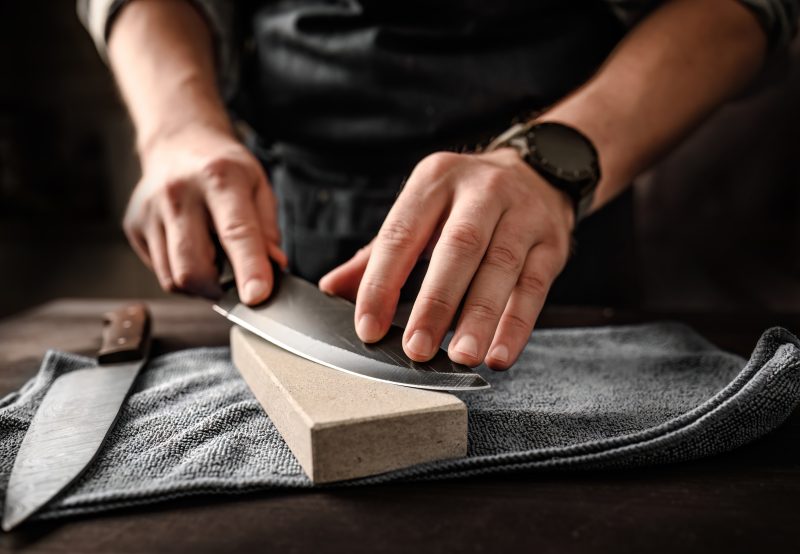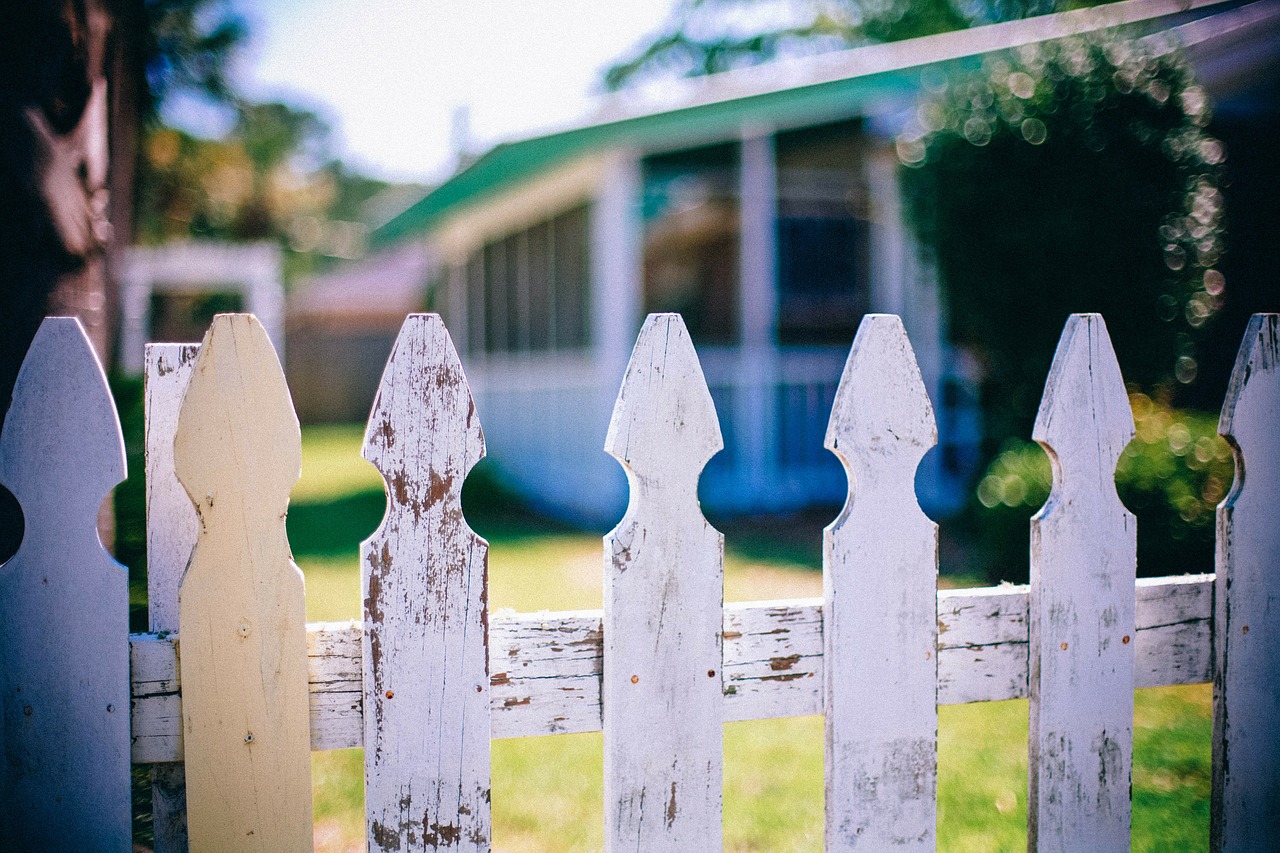Last Updated on: 20th June 2024, 09:38 am
A sharp knife is considered one of the most useful appliances in the kitchen today because it can effectively cut or slice food produce without requiring one to exert much force as compared to a dull knife. Some of the things that professional chefs understand are that the sharpening of the knives is not only useful at the time of preparation of the meals but also when the blade is in need of sharpening it is very essential to have it done to make the knives last longer. However, many people tend to believe that knife sharpening is very hard, well, though, sharpening of the knife can also be done and get as sharp as new like the professional knives. By doing so, you would be able to effectively sharpen your knives using the mentioned methods which include the whetstone and honing rod together with an optional leather strop to ensure they are always sharp. Following the aforementioned steps together with embracing the principle to ensure that maintenance of the Kitchen Knives is a routine practice, there is likely to be an improvement in one’s culinary skill to enable him/her to gain positive results from sharp knives.
Things You Need
Whetstone (Sharpening Stone)

A whetstone or sharpening stone is another vital piece of equipment used to create a highly sharpened cutting edge on a knife. These stones are available in different grit types with the most requested grit pairing being 1000/6000 grit. The 1000 grit is used for cutting and carving and offers the base refinement of a blunt edge, while the 6000 grit is used for smoothening and honing the cutting edge of the blade to give it a sharper edge. Though it is not very complicated to work with a whetstone, some efforts are involved that help in sharpening kitchen knives effectively.
Honing Rod (Steel)

A honing rod, commonly known as honing steel, is one of those knives that should always be at your disposal. While a whetstone takes away materials in forming a new edge on the blade, a honing rod refines the current edge of the blade, particularly correcting for bending or folding that is typical in day to day use of the blade. This preserves the edge of the knife and keeps it in optimal shape until it is due for sharpening again. General sharpening is useful in ensuring that you use the knife longer before having to sharpen it intensely and hopefully, have a prolonged lifespan to the knife.
Leather Strop (Optional)
An optional tool for the final sharpening session is the leather strop or the leather strap which is very efficient. Leather strop follows the whetstone and honing rod to refine the edge of the blade further and eliminate any fine burrs which produce a super sharp edge akin to a razor. After honing the edge, the blade must be drawn over the leather strop in motion away from the cutting edge and this helps in adding more sharpness and detailing to achieve a professional touch. Nevertheless, it cannot be said that using a leather strop is obligatory, but it can help create an even better edge and maintain it for much longer compared to if you did not use one at all.
Water or Honing Oil
When using a whetstone, it should be noted that lubrication should always be used for sharpening purposes as this prevents on one hand damage to the stone on the other hand to the blade. The type of lubricant depends on the whetstone being used:
- Water: More widely used for the water stones (Japanese whetstones) where water dilutes the abrasive and also acts as an intermediary to help wash away metal and stone particles. Before use immerse the stone in water; the edge should remain wet during honing.
- Honing Oil: Applied to oil stones, honing oil aids in enhancing a smooth sharpening angle and minimizes the buildup of material. Put your stone with a small drop of oil before executing the sharpening.
Selecting the right lubricant prevents the file from getting damaged as well as promoting the longevity of both the whetstone and knife.
How to Sharpen Knives with a Whetstone?
1. Prepare the Whetstone
- Soak the Stone: If the knife is to be sharpened with a water stone, the stone should be soaked in water for up to ten to fifteen minutes. In the case of oil stones, immerse the stone with water or apply a small amount of honing oil.
- Place the Stone Securely: Ensure you fixed a non-slip mat base below the stone or place a wet cloth under the stone to reduce on slippage.
2. Determine the Angle
- Find the Right Angle: Granton ChatsWOODWARDS 01-23-05 Typically between 15-20 degrees for most kitchen knives. Slightly larger angle below fifteen degrees cuts sharper, though more brittle while brofter angle that is nearer to twenty degrees is much harder.
3. Sharpening Process
Coarse Grit (1000 grit)
- Position the Knife: Position the knife at the angle intended to cut against the coarse facet of the stone.
- Sharpen the Blade: To outline the process, beginning from the bottom or the edge of the blade goes up and across the stone in a single line. Apply even pressure.
- Alternate Sides: If there is any remaining work, ever cross 5-10 strokes on the left, then move to the other side of the blade. Press the blade against the stone and draw it towards you as far as the length of the blade and then reverse the direction while doing this until you feel some roughness on the other side, a burr.
Fine Grit (6000 grit)
- Refine the Edge: Tilt the stone again so that the fine side of the stone is now touching the knife. If they are done, then this will polish and refine the sting.
- Remove the Burr: To further enhance the sharpness of the edge, and to eliminate remaining burr, make alternating passes on your edge bevel.
4. Honing the Edge
- Use the Honing Rod: For shaving along the direction of the hair growth, grasp the rod vertically and slide the blade in an up-and-down motion from the bottom of the shaft to the top, starting from one side of the blade and then flip over to the other side. This aligns the edge and keeps it sharp, especially if it has been rarely honed and is therefore unusually far from the keenest edge possible.
5. Strop the Blade
Using the sharpened end of the blade, stroke on the leather strop several times to further refine the edge and remove any remaining burr.
Maintenance Tips
- Regular Honing: Resharpen the knife with the honing rod every few times it is used to help sharpen the edge.
- Proper Storage: Do not lay it all together in a crowded drawer, the best place is in knife block, magnetic strip or blade guard.
- Correct Usage: It is recommended to cut on a wooden or plastic chopping board to avoid degenerating the sharpness of the blade.
Safety Tips
- Handle with Care: Thus to prevent any mishaps it is always advisable to handle the knife cautiously.
- Stable Work Surface: Make sure the stone and the area where the work will be conducted are steady and firmly set.
- Pay Attention to Fingers: Do not place any finger over the blade during its sharpening process.
Conclusion
Learning techniques that help in knife sharpening is a perfect plus to your cooking knowledge and also assists in maintaining your kitchen equipment. Maintenance and proper care will not only benefit your knives to function better and safer but also to increase the usable period of the knives you are using. So, in conclusion, it is clear that you can hone your knives to perfection just like professional chefs do, and the above information will help you use your kitchen utensils more efficiently and with pleasure.









